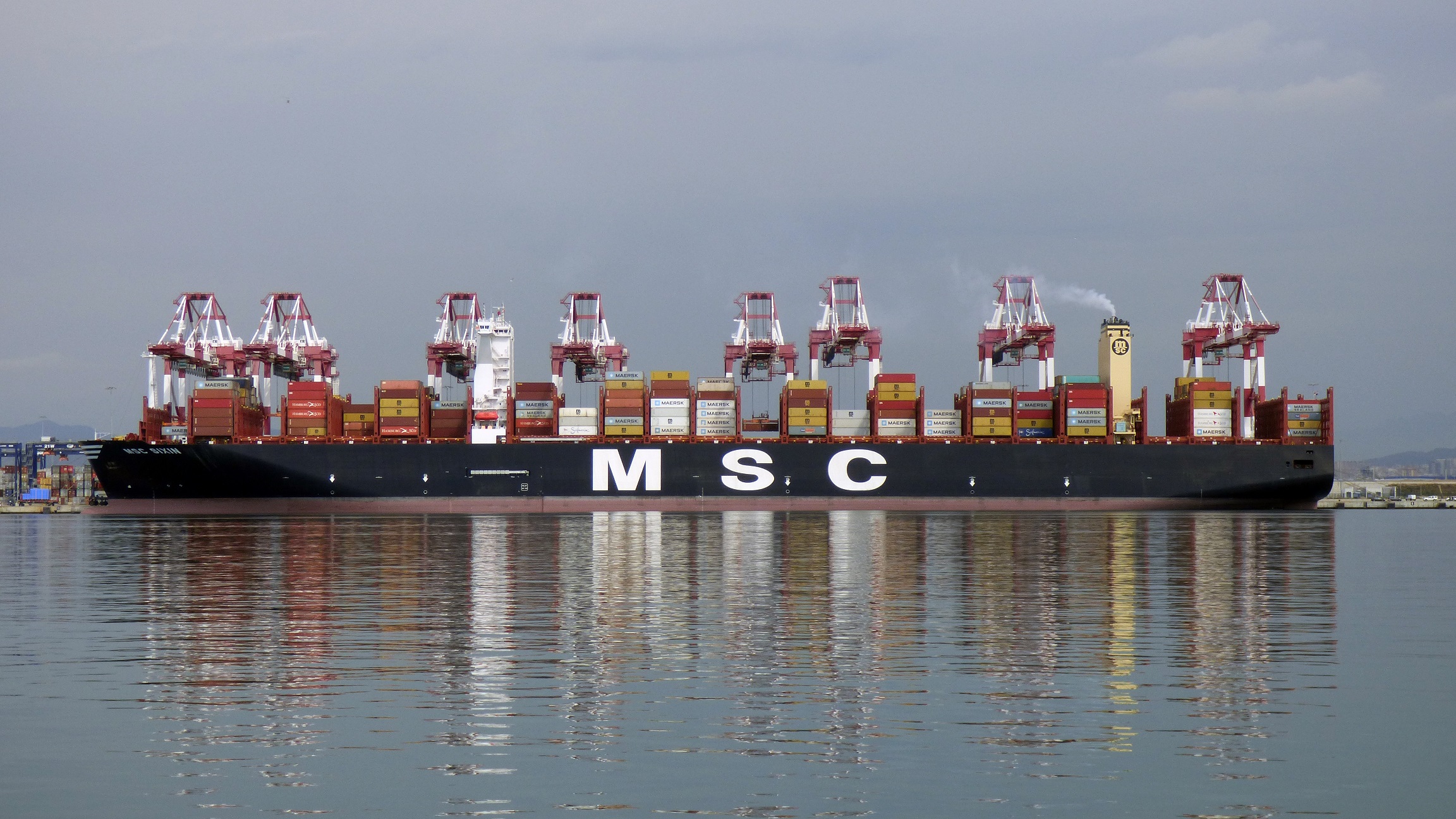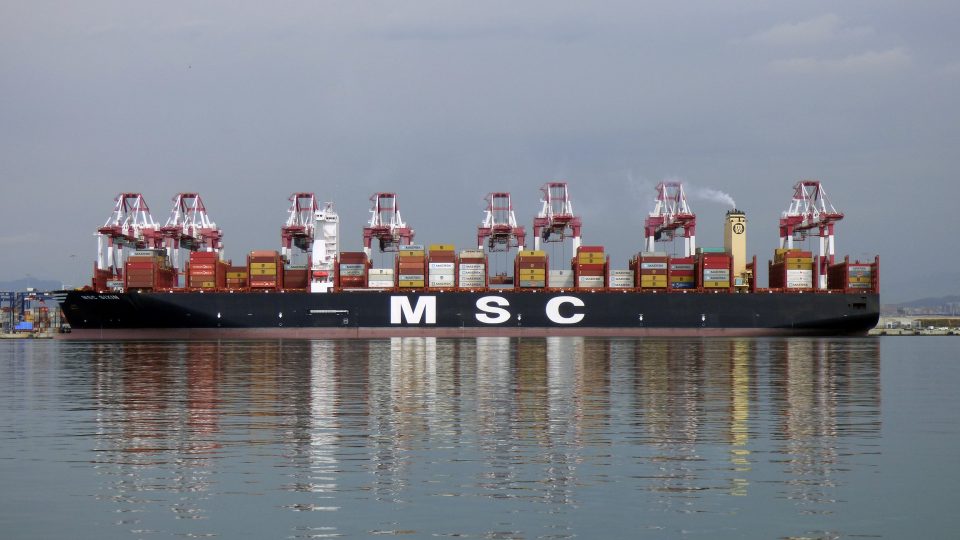
Asia-Europe rates are rising steeply on the back of sustained and strong demand from European importers. Photo credit: BEST/Hutchison Ports
Asia-Europe shippers signing annual contracts in December should prepare for long-term rates 23 percent higher than those agreed in 2020, warned Sea-Intelligence Maritime Analysis, as the soaring spot market drives up base pricing levels.
The spot rate on China to North Europe rose 27 percent, up $447 over last week to $2,091 per TEU, according to the Shanghai Containerized Freight Index (SCFI), not far off the record $2,164 per TEU reached in March 2010, and up 173 percent compared to the same week last year. China-Mediterranean rates rose 23 percent sequentially this week to $2,219 per TEU, and are 204 percent higher than at this time last year.
A host of freight all kinds (FAK) rate increases and peak season surcharges set for Dec. 1 will likely push the rate even higher next week and exert more upwards pressure on the contract levels. Sea-Intelligence found that the correlation between the spot market, represented by the SCFI, and the contract rates of the China Containerized Freight Index (CCFI), peaks at a three-week lead time and that the correlation was at 95.4 percent for the Mediterranean and 93.2 percent to North Europe.
“We should expect a sharp increase in contract rates over the coming weeks,” the analyst noted in its latest Sunday Spotlight newsletter. “Looking at the average for the first two weeks of December, this indicates a level 23 percent higher than the average for November.”
Peter Sand, chief shipping analyst for BIMCO, said in a market update this week that shippers were in a difficult position, but should resign themselves to paying higher rates, either contract or spot.
“If the alternative to signing a new, higher priced contract deal is the spot market, which may be two or three times that price, you need to get that higher contract rate,” Sand said. “Remaining in the spot market will be so much more expensive.”
No sign of slowing demand
Judah Levine, research lead at freight rate marketplace Freightos, said there was no sign of the strong volume slowing on Asia-Europe, or of rates coming down. He said there were indications that the demand was not just seasonal orders, but also restocking of depleted inventories, and “it is likely demand will stay strong into 2021,” he told JOC.com.
The logistics director for a European retail consortium said the Asia-Europe sea freight market was “going crazy,” and that he has been quoted FAK rates of $8,000 per FEU for December shipments.
The supply chain head of a German retailer said he had been quoted prices of $6,500 per 40-foot high cube container (HC) because they were in short supply, which was more than a reefer HC where the rate was $5,500. “So I say to carriers that then I want only reefers, but unfortunately those containers are also not available,” he told JOC.com.
But the rising rates are being accompanied by steadily deteriorating service levels. Sea-Intelligence reports that global schedule reliability fell to a record low in October of 52.4 percent, while on-time performance on Asia-North Europe fell by 15 percentage points month over month to 54.4 percent, and Asia-Med declined sequentially by 16.3 percentage points to 52.2 percent.
Neil Dekker, senior analyst at analyst Infospectrum, wrote in a LinkedIn post that reliability was not the only key measure for a carrier’s performance, but was often used as such.
“What is going on in terms of congestion at many major global ports – the increased load and discharge volume per call, increased waiting times due to COVID-19 procedures – these all impact schedule integrity and are symptomatic of the current market,” he said, adding that the blame could not be laid entirely at the feet of the carriers.
It was a point supported by Thorsten Meincke, board member for air and ocean freight at DB Schenker. “We like to have everything in sync, but schedule reliability comes from the equipment problems, congestion, weather, volatility from customers, imbalanced trades, and larger ships with longer port handling,” he told JOC.com in a recent interview.
“What is the advantage for a carrier in having bad schedule reliability? There is no advantage, just more costs. They are not doing this on purpose and are doing what they can.
Contact Greg Knowler at [email protected] and follow him on Twitter: @greg_knowler.


